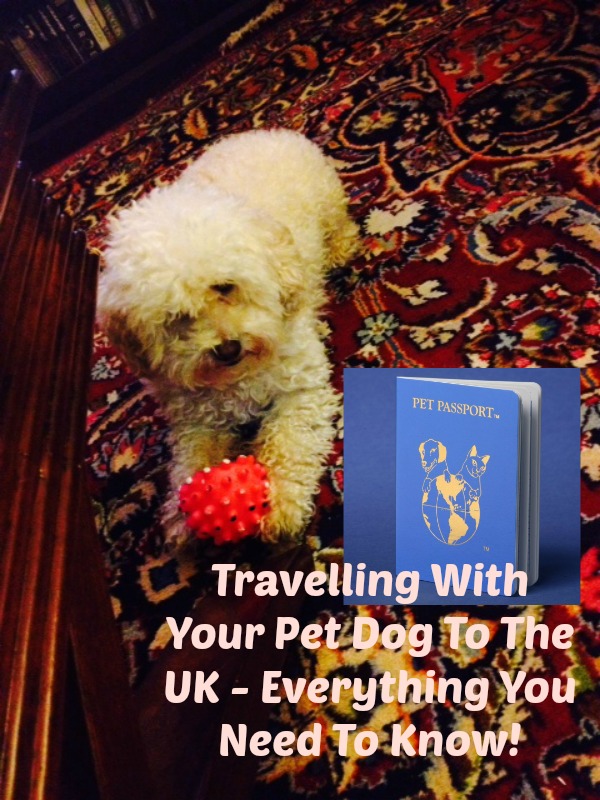Travelling With Your Pet Dog To The UK – Everything You Need To Know!
Traveling is fun for the whole family, what with all the great adventures to be had. However, what of the family dog? If you’re traveling for an extended period of time, you may not want to leave your fluffy friend cooped up in a kennel.
The good news is that it is easier now than ever to travel with your dog to the UK or Ireland. Do bear in mind that there are definite procedures that must be followed.
You’ve likely heard the anecdotes of months’ long quarantine periods where the dog is kept in a kennel at the port of arrival. There would be no point in bringing your pet along then.That has changed in recent years. It is now possible to pick up the luggage, , then pick up Fido at a nearby vet clinic within two hours of landing. The regulations of the European Union (for Ireland) and the UK do change from time to time – the EU regs changed three times in 2012 alone – so be sure to check the appropriate Ministries of Agriculture websites.
Their main concern is with rabies and other such viral diseases. Being island nations, should there be a rabies break-out it could decimate the indigenous animal population within months. Therefore, the first thing that must be known is whether your current home is in a low or high rabies category. Your local veterinary clinic will know this and that is the first stage to obtaining a Pet Passport.
The Pet Passport is just as it sounds: a blue booklet in which your pet’s name and description are recorded as well as its vaccination history. Rabies vaccinations can be good for one or two years, depending on the vaccine. That vaccination must be planned well in advance as the veterinarian must also do a blood sample check on the dog 30 days minimum after the vaccination. In the UK, the dog may not enter the country until a full three months have passed. Ask your veterinarian for a print-out as to what vaccine he or she used and attach that to your dog’s animal carrier. Airlines – and there are only a few carriers licensed to transport pets into Ireland or the UK – are very specific as to what kinds of carriers are allowed, plus you must provide food and water for a journey that, depending on connections, may take as many as 18 hours. As well, the dog must be de-wormed within five days of departure. Lastly, the dog must be micro-chipped for identification. The veterinarian can check if this has been done by a quick scan. If not, there is a need for a simple surgical procedure to plant the chip.
Having followed all the proper procedures however, upon landing your dog will be taken straightaway to the nearest approved veterinary clinic where there will be a brief check-up and all the paperwork is looked over. One other note: It is a controversy as to whether or not to have your dog tranquilized for this long trip. A good compromise is to get a pheromone collar from the veterinarian. This acts as a quite mild sedative to reduce the trauma. These pheromones have a slightly unpleasant smell to the human nose (the dogs don’t seem to mind) so you may want to snip the collar off and dispose of it as soon as you pick the dog up at the veterinary clinic.

